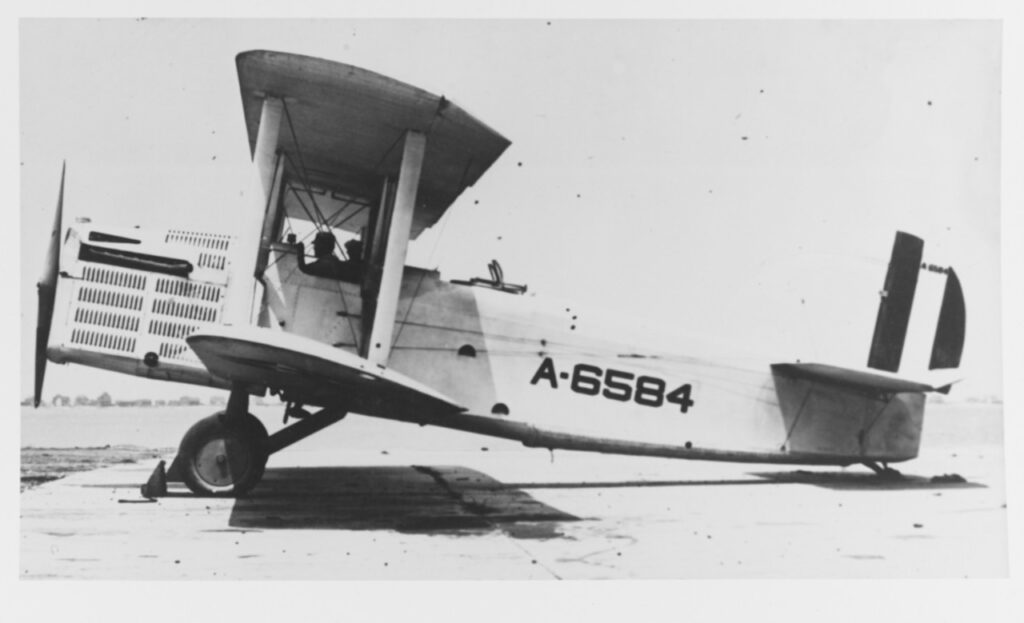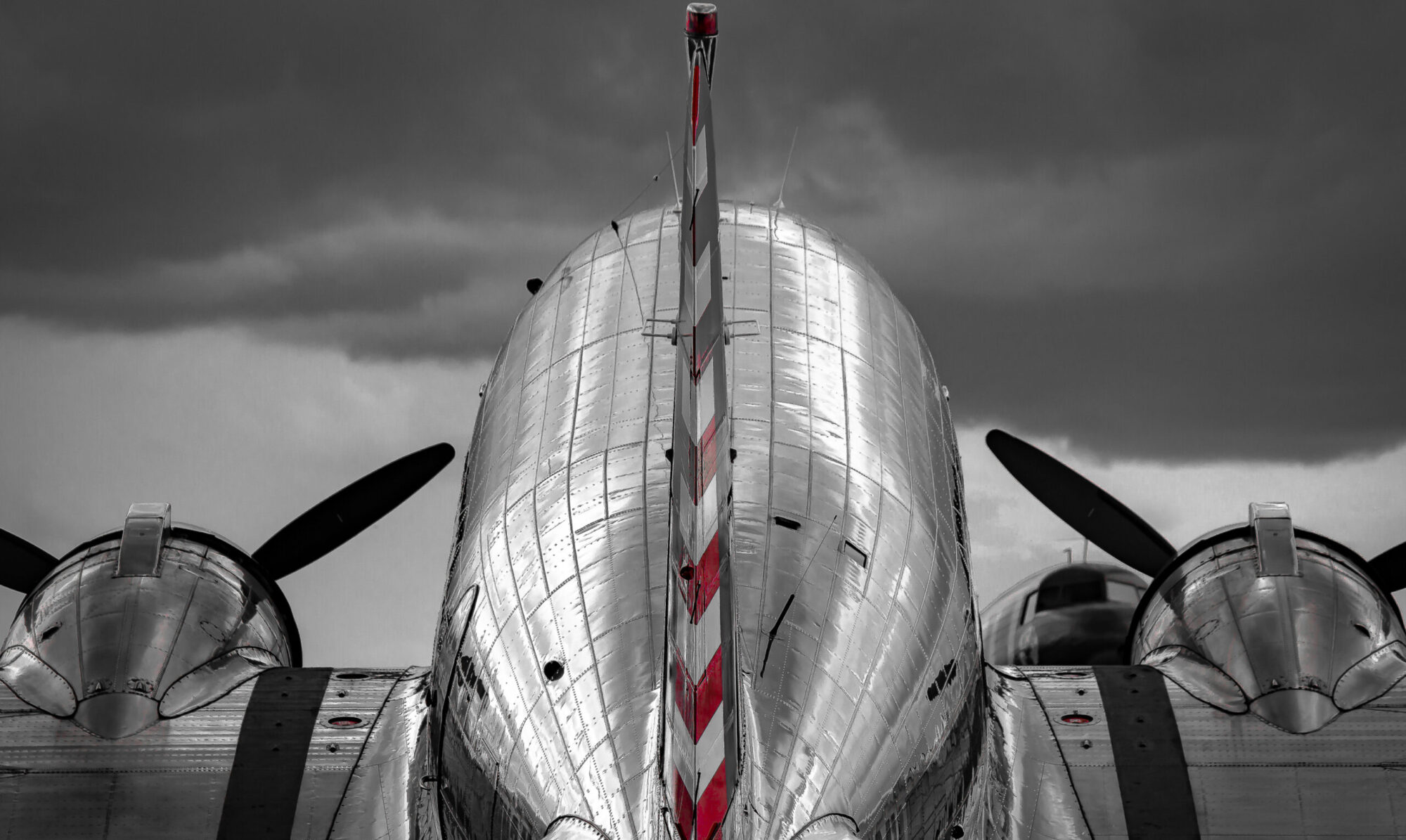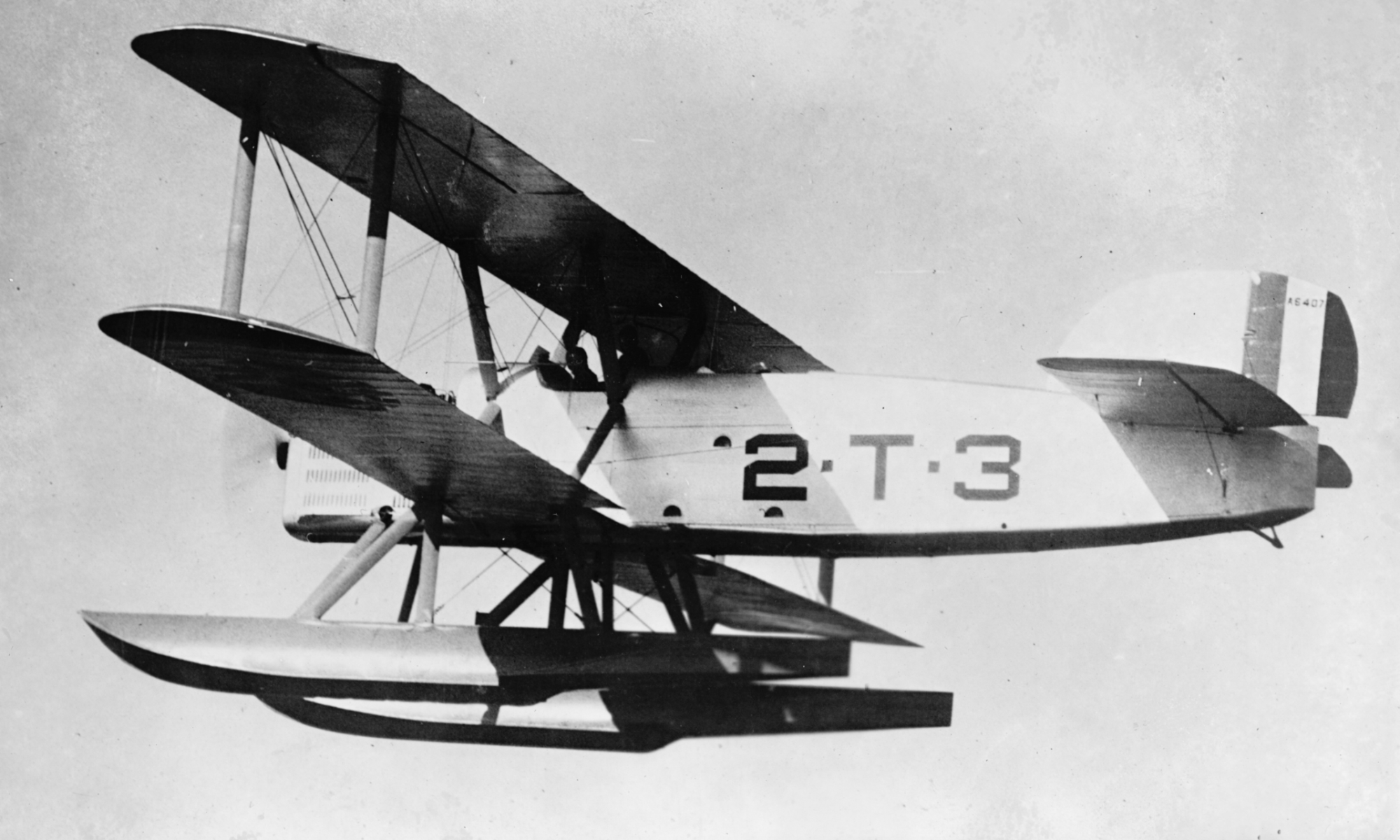The race to circle the globe has its roots in the first flight made by the Wright brothers at Kitty Hawk—though it took nearly 20 years for the technology of aviation to advance to the point where such a concept became feasible.
Donald Douglas, in fact, made his first stab at the design that would inform the successful round-the-world model back in 1915, in collaboration with Boston millionaire Porter Hartwell Adams. A couple of years later, Douglas would develop another variation, the Model S seaplane, for the Glenn Martin Company.
In 1920, under the first iteration of the company that would become DAC, the Davis-Douglas Aircraft Company, Douglas’ team of engineers built the Cloudster. The Army Air Corps took a shine to the land-based sportplane its initial prospectus to Douglas, now on his own, in 1923—but he already had a better answer: the DT series.

Having sold several to the Navy, Douglas felt the DT-2 was a mature product ready for a new expression. He submitted the design with a handful of proposals for round-the-world requirements. The brass back in D.C. loved the idea, and dropped other manufacturers from the competition, which had included the Fokker T-2.

